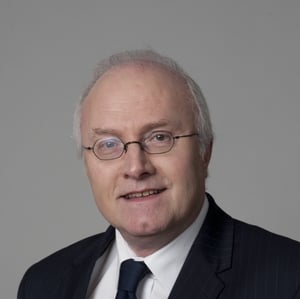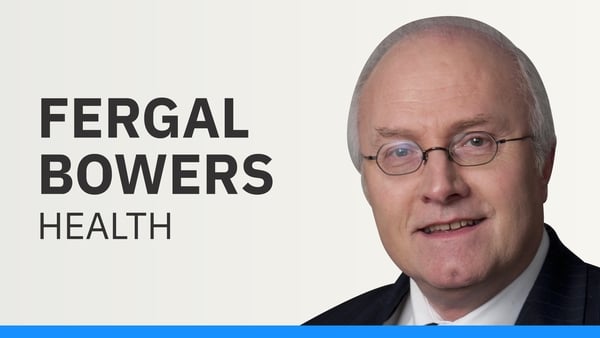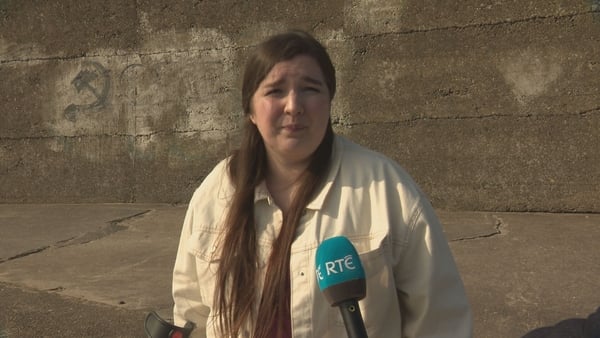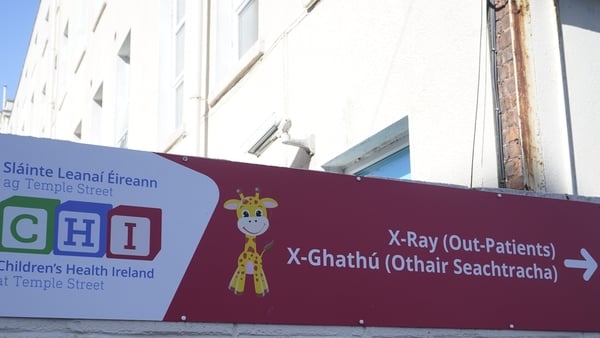A 31-year-old Sligo man who was functionally blind has got his sight back, after being treated with a new gene therapy at the Mater University Hospital in Dublin.
He is the first patient to receive the ground-breaking ocular gene therapy treatment 'Luxturna' in Ireland.
Stuart Haxell was diagnosed with a very rare inherited retinal dystrophy and for 13 years was only able to see a small amount of light.
He was treated in November and has been speaking today for the first time about the return of his sight.
Mr Haxell experienced significant improvement in his vision after about two weeks and said he was able to read again.
"For the first time in a decade I can see the world around me," he said.
Speaking on RTÉ's Today with Claire Byrne, he said that initially when he started looking for medical treatment, he had not give any thought to any sort of cure to his sight loss, and just wanted to find out more about his condition.
He said that he remembered being able to see better as a child, but that gradually his sight got worse and worse over the years.
"I haven't gotten all my sight back, but the bit that I do have back it's amazing," he said.
He had treatment late last year at the Mater Hospital, and said he was nervous going into surgery, and recovery was difficult as he had to lie still on his back for 24 hours to allow his retina to reattach.
"It was tricky but I'm glad that everything went so well and it was worth it".
He said that his life has changed since having surgery and that he was looking forward to seeing how it develops from here on out.
"It's absolutely amazing, it’s something that I never thought would ever be possible," he said.
He was under the care of Professor David Keegan, Mater Consultant Ophthalmic Surgeon, who said that inherited retinal dystrophies are very rare and one patient might be identified every two to three years.
Speaking on the same programme, Prof Keegan said the system is now set up to treat more patients.
He explained that the younger the person is, the better success of the treatment, but that the team has identified that there are between five and ten patients with the condition that Mr Haxell and that 85% of all patients with the issue have been identified.
"It's important we have the ability, technology and knowledge to do this treatment and we have a full clinical genetics team now overseeing this".
Prof Keegan said the team is putting a national registry together to find and manage patients.
"This is the start of the precision medicine era," he said.
The treatment involves identifying patients with sufficient remaining retinal structure for treatment, removing the eye's vitreous jelly, and administering an injection that creates a temporary retinal detachment, allowing the development of functional sight.
The retinal cells produce an enzyme for the vision to be restored.
The Mater expects to treat a second patient later this year.
The procedure is most effective when administered in childhood, before sight degeneration occurs, but also has significant benefits for suitable adults.
Funding for the treatment was provided by the Health Service Executive last year.
The programme has also been supported by Fighting Blindness, Shabra Charity and Vision Ireland.
We need your consent to load this rte-player contentWe use rte-player to manage extra content that can set cookies on your device and collect data about your activity. Please review their details and accept them to load the content.Manage Preferences





